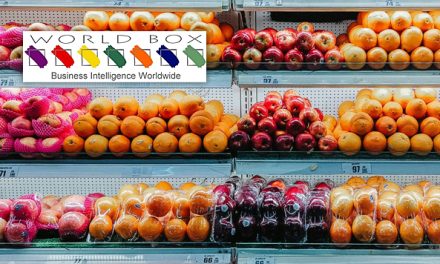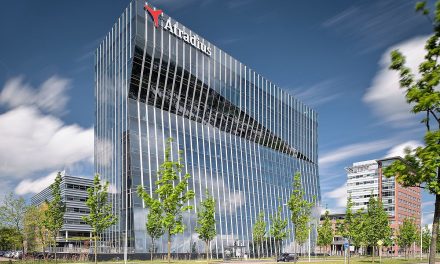As a tropical country with developing agriculture, Vietnam, whose biomass reserves are estimated to increase by 160 million tons per year, is considered as one of the countries with high potential for renewable energy. However, the energy source generated from biomass fuels in Vietnam is still too modest at present.
Huge Reserves
Biomass is a term commonly used to refer to matter of biological origin and can be used as an energy source. With such a definition, biomass includes plants, industrial crops, and agro-forestry by-products.
Biomass energy is considered a renewable energy source because the rate of addition is much faster than that of fossil energy sources such as oil and coal, which requires millions of years. CO2 in the atmosphere and water are absorbed by plants during photosynthesis to produce starch (sugar) and form biomass. Solar energy, through photosynthesis, is also “retained” in the chemical bonds of biomass, so biomass is also considered a form of solar energy storage. When burning biomass, oxygen combines with carbon in the biomass to produce CO2 and water, and the cycle of biomass generation begins again.
Vietnam has a lot of potential sources of biomass:
- Cultivation by-products: rice husk, rice straw, bagasse, corn stalks, industrial plants (cassava, rubber, coconut…), seeds of all kinds (peanut, macadamia, casava), and fruit trees;
- Forestry by-products: shredded paper, and wood chips;
- Livestock by-products: manure from livestock and poultry farms;
- Municipal solid waste.
It is estimated that by 2030 and 2050, the total theoretical potential of biomass power sources will reach about 113 million MWh and 120 million MWh, respectively. The theoretical potential of biomass power sources in Viietnam is expected to increase by about 1.9%/year in 2030 and by about 0.6%/year for the period 2030-2050.
However, the technical potential of biomass power in Vietnam is much lower due to limitations on exploitation. In fact, the total technical potential of Vietnam’s biomass power source is expected to reach 75.5 million MWh by 2030 and increase to 82.17 million MWh by 2050.
Overview of Vietnam’s biomass electricity
Currently in Vietnam, there are about 378MW of bagasse biomass electricity which provides power for sugar factories and the public. About 100MW of rice husk power and 70MW of wood power are under investment.
Rice husk power plant projects with an average capacity of 10MW/factory are mainly located in the Mekong Delta. This is the largest rice granary in Vietnam with the amount of rice husk accounting for nearly 55% of the total amount of rice husk in the country. This is also the place where there is a huge demand for heat and electricity during the rice milling season.
For bagasse power plants, according to statistics in 2019, there were 34 factories out of 35 operating sugar factories in Vietnam using bagasse as fuel to supply electricity. Among them, only 10 sugar factories with a total installed capacity of nearly 378 MW can produce excess electricity and put it on the national grid.
Besides the power plants mentioned above, the capacity of waste power plants in Vietnam is still quite modest. The “waste-to-electricity” plant in Go Cat – Ho Chi Minh City is the first garbage power project with an installed capacity of 2.4 MW. Following are Nam Son Garbage Power Plant and Can Tho Garbage Power Plant with capacity of 1.93 MW and 7.5 MW respectively.
Despite the great potential of biomass reserves, especially the application of biomass power development in Vietnam, the current capacity of grid-connected biomass power plants has only reached about 50% of the set target (660 MW).
There are several difficulties leading to the modest capacity of biomass power. Firstly, the initial investment is quite large while the payback period is long. Besides, biomass raw materials are still scatteredly allocated and highly dependent on seasons and crops, so it is difficult to determine the quantity and predict future prices. Finally, there is a stiff competition for raw materials between animal feed manufacturers and biomass power plants. The lack of qualified human resources is also a huge problem.
Being aware of the potential and the above difficulties, the Government of Vietnam has taken specific actions to promote biomass electricity. The most notable is Decision No. 08/2020/QD-TTg issued by the Prime Minister to increase electricity purchase price for biomass power projects. This is expected to encourage and increase the attractiveness of biomass power projects for investors, creating a driving force for the  development of biomass power in Vietnam.
development of biomass power in Vietnam.
Writer: Henry Tran – VietnamCredit


























